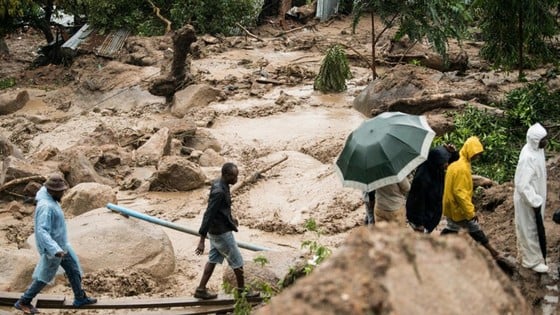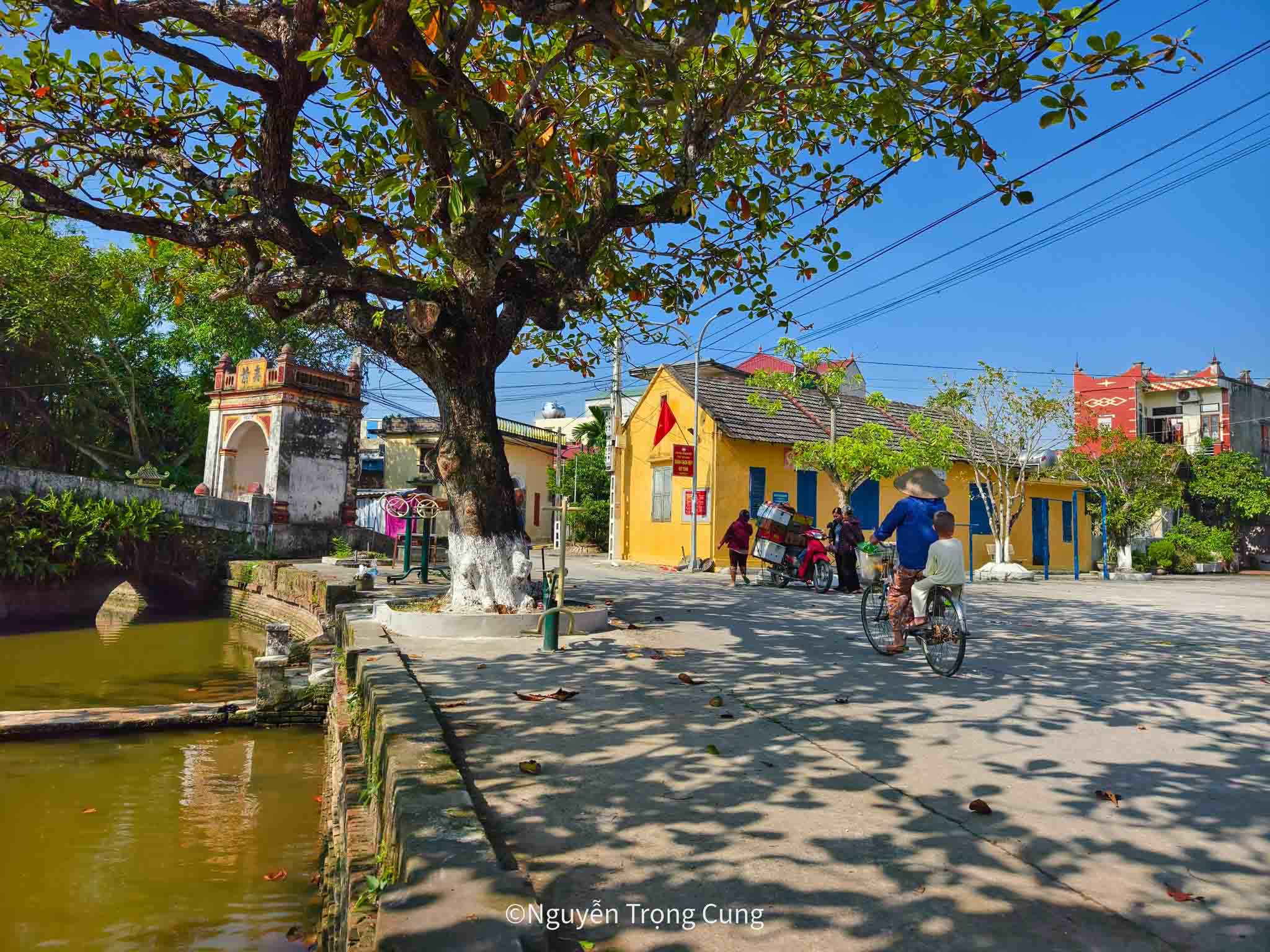SGGP
According to climatologists and weather experts, climate change does not increase the frequency of hurricanes but makes this type of extreme weather more intense and destructive.
 |
| Cyclone Freddy devastates Malawi |
Cyclone refers to storms that form in the Indian Ocean, also known as cyclones. Hurricane refers to tropical storms that form in the North Atlantic. Typhoon is used to describe storms in the Pacific Ocean. These natural phenomena are named differently but are all extremely powerful tropical storms, capable of generating 10 times more energy than the atomic bomb dropped on Hiroshima, Japan in 1945. Tropical storms are classified according to wind intensity, increasing from tropical depressions with speeds below 63km/h to tropical storms (63-117km/h) to extremely strong storms with speeds above 117km/h.
A cyclone is a low-pressure trough that forms in the tropics in an area warm enough for this weather phenomenon to develop, said Emmanuel Cloppet of the French Meteorological Service. It is characterized by rotating rain/storm clouds that create strong winds and heavy rain, while also causing sea levels to rise. Cyclones are more dangerous because they can travel hundreds of kilometers.
According to World Weather Attribution (WWA), a group of scientists and climate experts, the total number of tropical storms each year globally has not changed, but climate change caused by human activities has caused storms to rage with greater intensity and more destructive power. Climate change affects tropical storms in three main ways: warming the air, warming the ocean and causing sea levels to rise.
In its Extreme Weather and Climate Change Report, WWA highlights that the most damaging type of storm, cyclones, are becoming more frequent and often bring the most severe rainfall. Climate change is warming the ocean, allowing for intense storms to form, then rapidly intensify and move inland, carrying more water. The strong winds in cyclones cause sea levels to rise, which can inundate coastal areas. According to updated data, storm surges are now much higher than in previous decades because of rising sea levels due to climate change.
Meanwhile, Cloppet said that a 3C increase in air temperature could increase rainfall by 20% during cyclones. These downpours have led to floods and landslides, such as Cyclone Freddy, which killed hundreds of people in Malawi and Mozambique earlier this year. Scientists predict that tropical cyclones will appear in places that have never seen them before, as global warming expands into areas that record tropical ocean conditions.
WWA also agrees that as ocean waters warm, tropical storms will move farther away from the equator. The northward shift of storms in the northwest Pacific Ocean, hitting East and Southeast Asia, is a direct result of climate change. As a result, these storms will hit areas that are often unprepared for storms because they have rarely encountered them before.
Source


![[Photo] Phuc Tho mulberry season – Sweet fruit from green agriculture](https://vstatic.vietnam.vn/vietnam/resource/IMAGE/2025/4/10/1710a51d63c84a5a92de1b9b4caaf3e5)



![[Photo] Prime Minister Pham Minh Chinh chairs meeting to discuss tax solutions for Vietnam's import and export goods](https://vstatic.vietnam.vn/vietnam/resource/IMAGE/2025/4/10/19b9ed81ca2940b79fb8a0b9ccef539a)

























![[Photo] Unique folk games at Chuong Village Festival](https://vstatic.vietnam.vn/vietnam/resource/IMAGE/2025/4/10/cff805a06fdd443b9474c017f98075a4)



































































Comment (0)